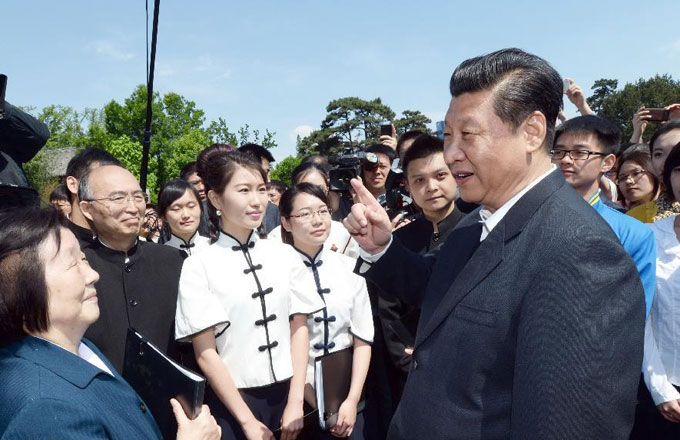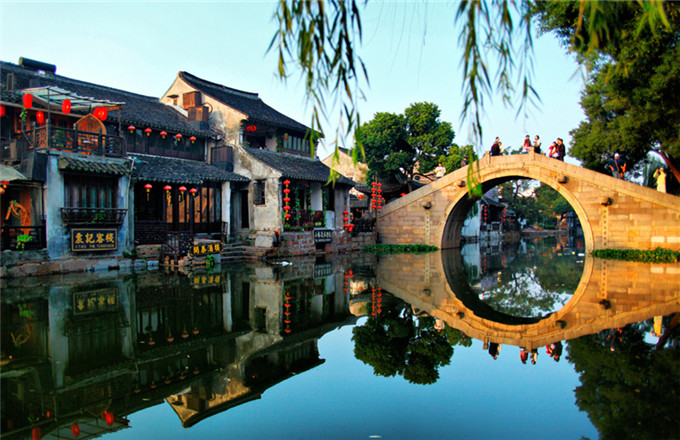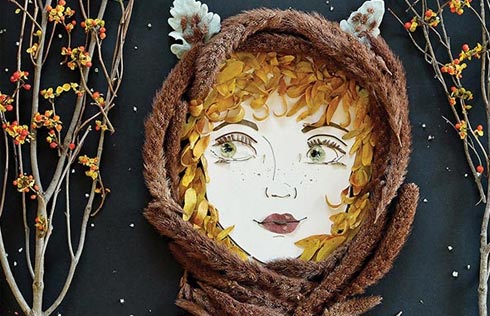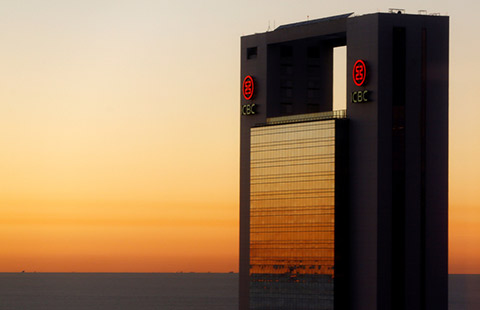China's desert warrior defends Dunhuang
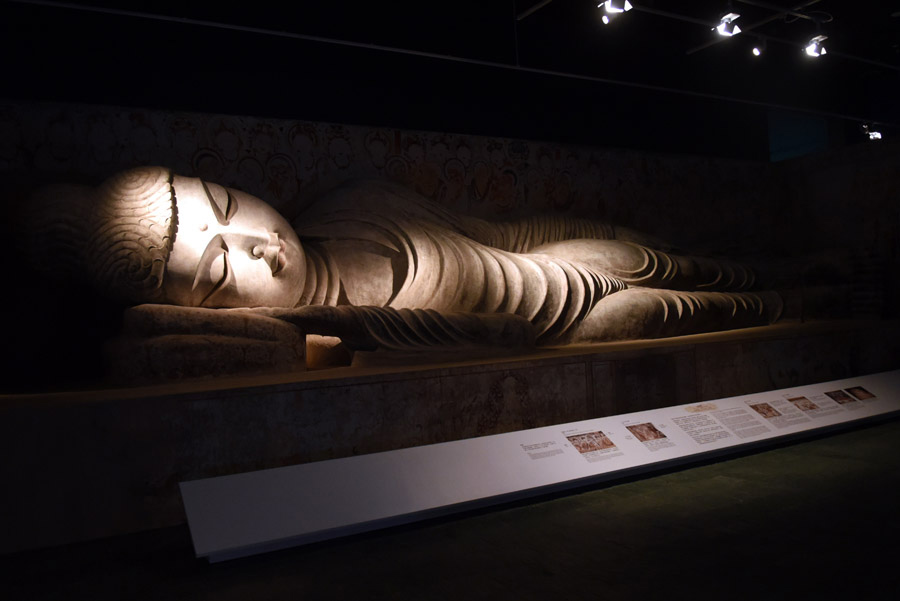 |
|
Dunhuang Mogao Grottoes are a huge collection of Buddhist art - more than 2,000 Buddha figures and 45,000 square meters of paintings spread among 735 caves. [Photo provided to China Daily] |
Long-serving CPPCC member continues her work in advising the nation on how to best preserve its cultural treasures
If it had not been for Fan Jinshi and her team, the world cultural heritage at Dunhuang Mogao Grottoes in a remote Chinese desert might have long been destroyed by sand, weather or humans. Born and raised in Shanghai, Fan has spent half a century fighting an uphill battle to preserve the ancient Buddhist wall paintings at Dunhuang, in northwest China's Gansu province.
"It was not that I favored my job over my family, I just could not bear the guilt of having our ancestors' legacy destroyed," she told Xinhua in Beijing while attending the annual session of the National Committee of the Chinese People's Political Consultative Conference (CPPCC).
The 1,600-year-old Dunhuang Mogao Grottoes are a huge collection of Buddhist art - more than 2,000 Buddha figures and 45,000 square meters of paintings spread among 735 caves.
It is China's first UNESCO World Heritage Site.





